Green Globe Improved Artichoke: Learn About Green Globe Artichoke Care
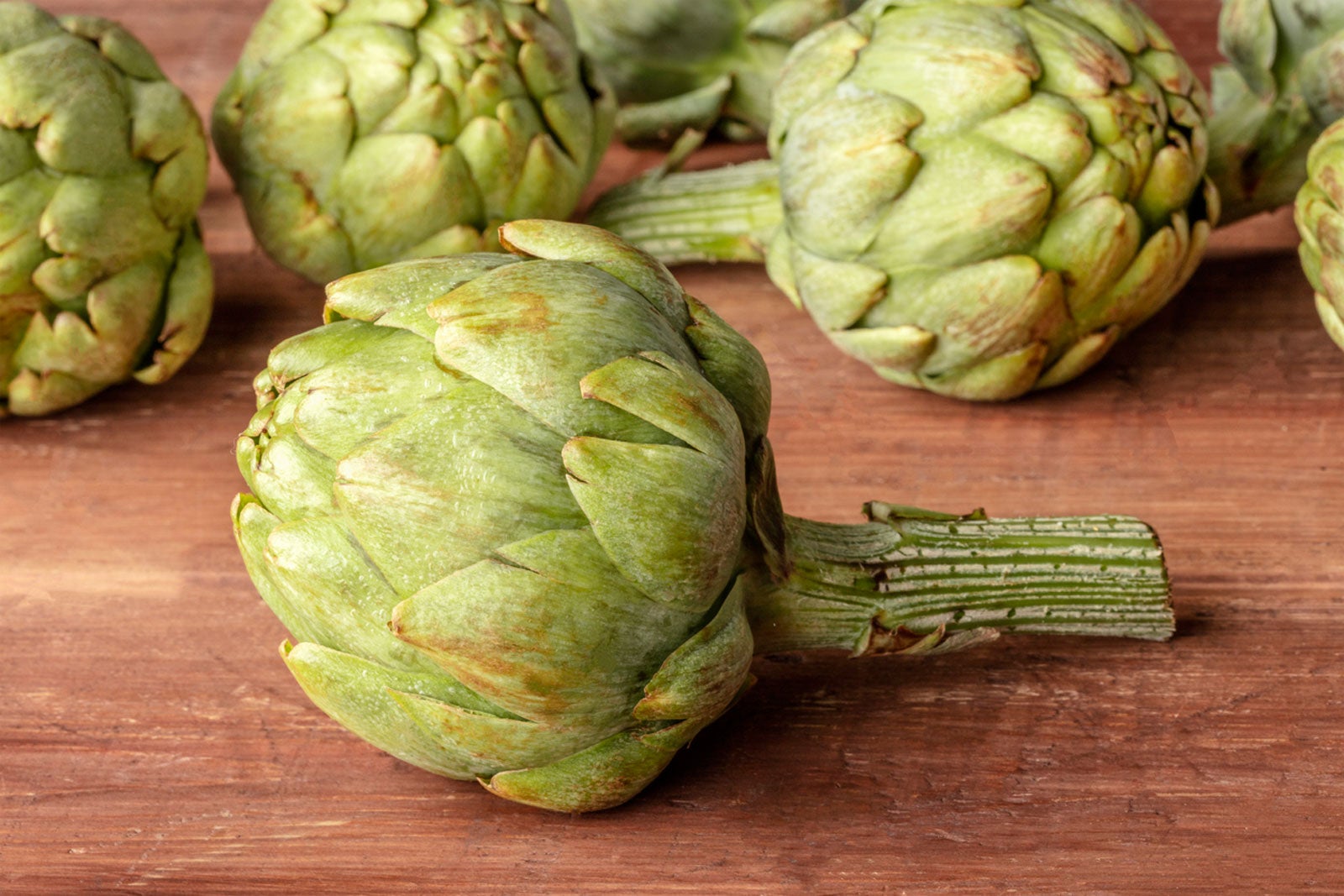

Most often, gardeners grow plants either for their visual appeal or because they produce tasty fruits and vegetables. What if you could do both? The Green Globe Improved artichoke is not only a highly nutritious food, the plant is so attractive it is also grown as an ornamental.
Green Globe Artichoke Plants
The Green Globe Improved artichoke is a perennial heirloom variety with silvery-green leaves. Hardy in USDA zones 8 to 11, green globe artichoke plants require a long growing season. When started indoors, they can be grown as annuals in colder climates.
Green Globe artichoke plants grow to height of 4 feet (1 m.). The flower bud, the edible part of the artichoke plant, develops on a tall stem from the center of the plant. Green Globe artichoke plants produce three to four buds, which are 2 to 5 inches (5-13 cm.) in diameter. If the artichoke bud is not harvested, it will open into an attractive purple thistle-like flower.
How to Plant Green Globe Artichoke Perennials
Green Globe Improved artichoke plants require a 120 day growing season, so direct sowing of seed in the spring is not recommended. Instead, start plants indoors between late January and early March. Use a 3 or 4 inch (8-10 cm.) planter and a nutrient-rich soil.
Artichokes are slow to germinate, so allow three to four weeks for the seeds to sprout. Warm temperatures in the range of 70 to 75 degrees F. (21-24 C.) and slightly moist soil improves germination. Once sprouted, keep the soil moist but not soggy. Artichokes are heavy feeders too, so it's advisable to begin weekly applications with a diluted fertilizer solution. Once the seedlings are three to four weeks old, cull the weakest artichoke plants, leaving only one per pot.
When the seedlings are ready for transplant into perennial beds, select a sunny location which has good drainage and rich, fertile soil. Prior to planting, test the soil and amend if necessary. Green Globe Improved artichoke plants prefer a soil pH between 6.5 to 7.5. When planting, space perennial artichoke plants a minimum of 4 feet (1 m.) apart.
Green Globe artichoke care is fairly simple. Perennial plants do best with yearly applications of organic compost and a balanced fertilizer during the growing season. To overwinter in areas which receive frost, cut back artichoke plants and protect the crowns with a thick layer of mulch or straw. The Green Globe variety continues to be productive for five years or more.
Gardening tips, videos, info and more delivered right to your inbox!
Sign up for the Gardening Know How newsletter today and receive a free copy of our e-book "How to Grow Delicious Tomatoes".
Growing Green Globe Artichokes as Annuals
In hardiness zones 7 and colder, Green Globe artichoke plants can be grown as garden annuals. Start seedlings as directed above. It's best to transplant artichoke seedlings into the garden after danger of frost, but don't hold off too long.
To ensure blossoming the first year, artichokes need exposure to temperatures below 50 degrees F. (10 C.) for a minimum of ten days to two weeks. If an unexpected late frost is in the forecast, be sure to use frost blankets or row covers to protect artichoke plants.
Green Globe Improved artichokes also make excellent container plants, giving northern gardeners another option for growing artichokes. To grow a perennial potted artichoke, trim the plant 8 to 10 inches (20-25 cm.) above the soil line in the fall after harvesting is complete, but before freezing temperatures arrive. Store the pots indoors where winter temperatures remain above 25 degrees F. (-4 C.).
Plants can be moved outdoors once frost-free spring weather has arrived.

Laura Miller has been gardening all her life. Holding a degree in Biology, Nutrition, and Agriculture, Laura's area of expertise is vegetables, herbs, and all things edible. She lives in Ohio.
-
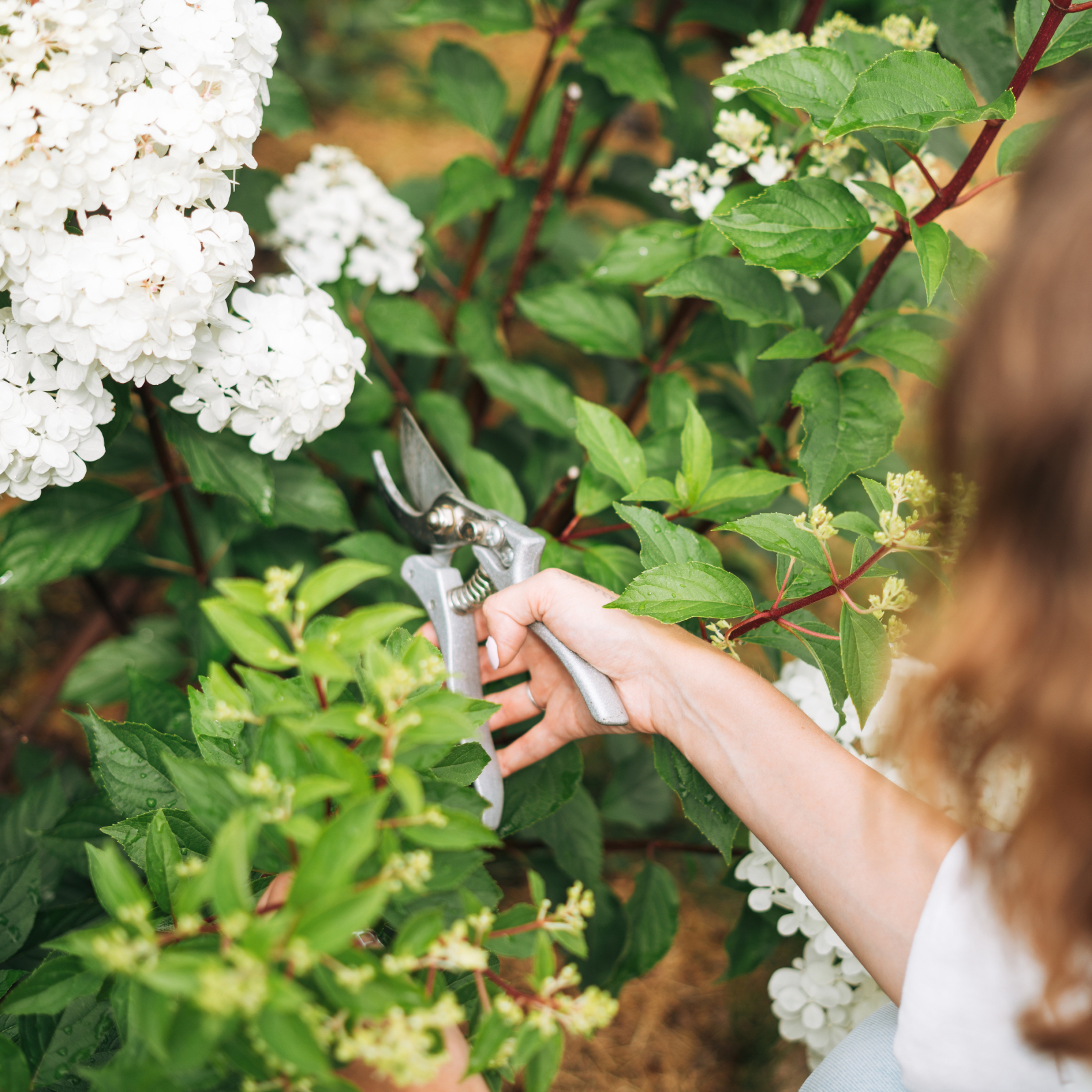 Pruning Limelight Hydrangea Bushes For Bigger Blooms & Stronger Plants
Pruning Limelight Hydrangea Bushes For Bigger Blooms & Stronger PlantsPruning 'Limelight' hydrangea will benefit the shrub. Flowers will be more bountiful the next year and branches will be stronger. Learn how and when to prune.
-
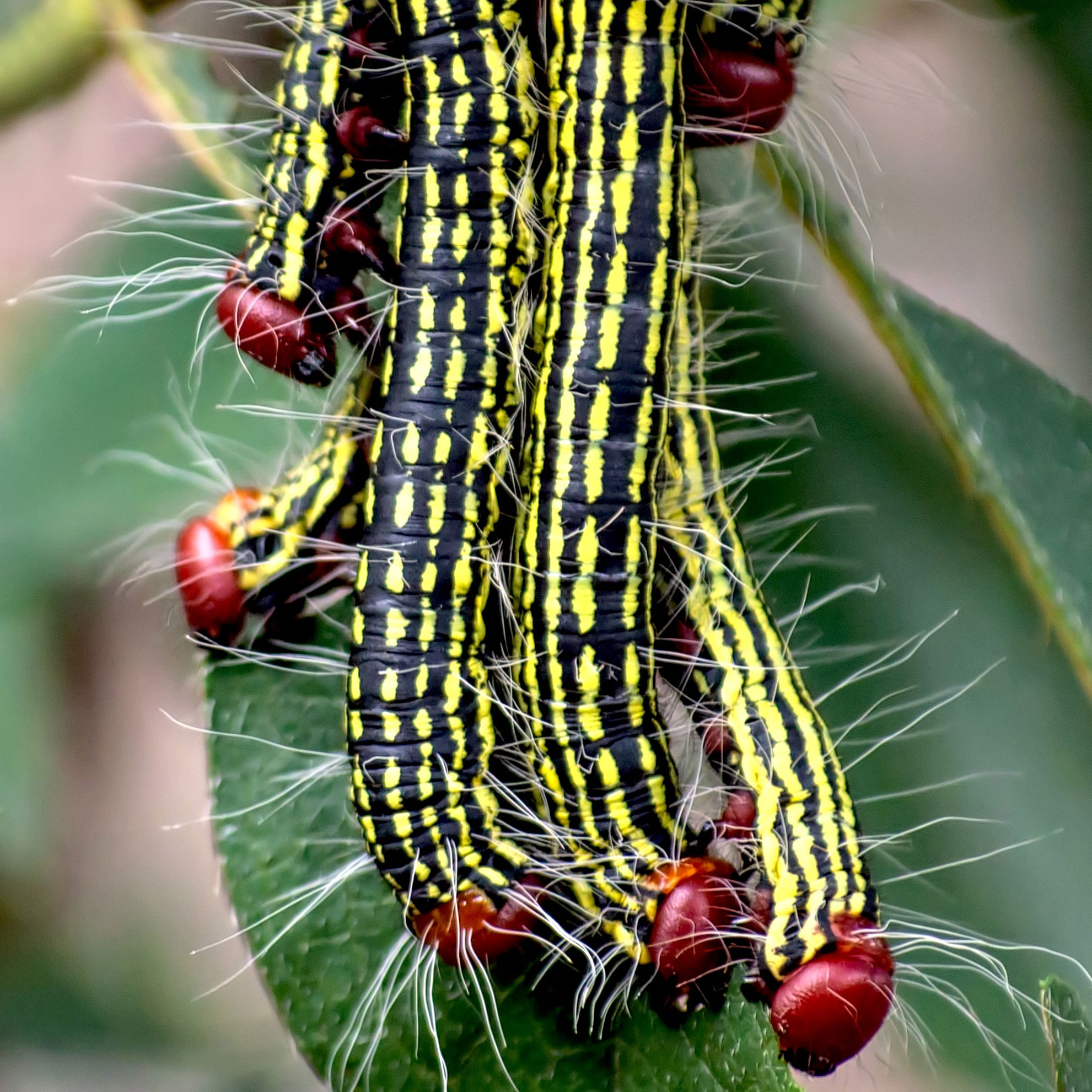 What’s Wrong With Your Azaleas? Identify, Tackle And Prevent 6 Common Azalea Pests
What’s Wrong With Your Azaleas? Identify, Tackle And Prevent 6 Common Azalea PestsIf you’ve spotted signs of azalea leaf damage, don’t panic – here’s how to identify the most common azalea pests so you can take action swiftly and keep plants healthy
-
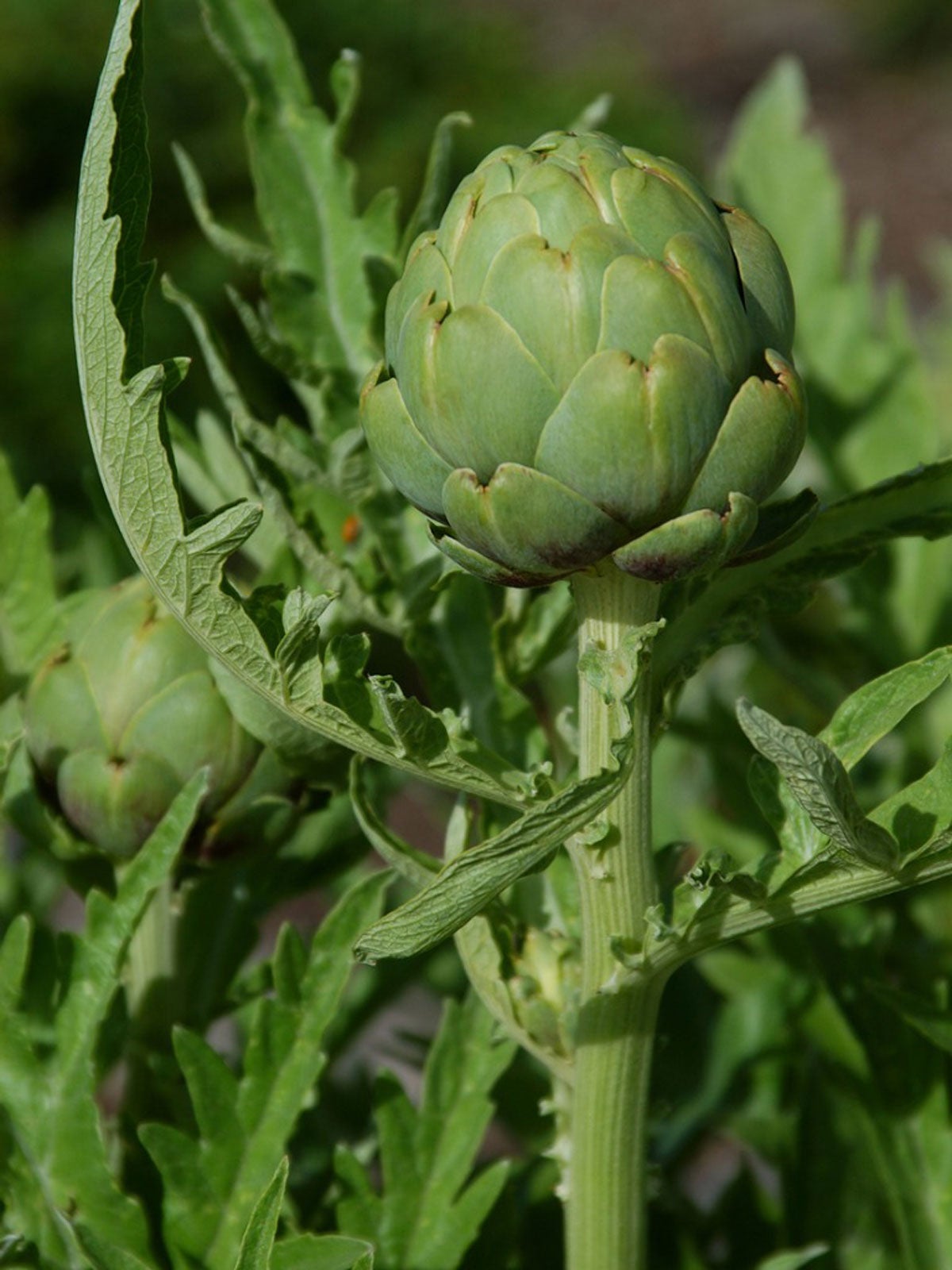 Imperial Star Artichoke Care: How To Grow An Imperial Star Artichoke Plant
Imperial Star Artichoke Care: How To Grow An Imperial Star Artichoke PlantSince Imperial Star artichokes were specifically bred for cultivation as a cold-climate annual, this variety is well adapted for home gardeners who are unable to grow artichokes as perennials. Learn more about this artichoke variety in this article.
-
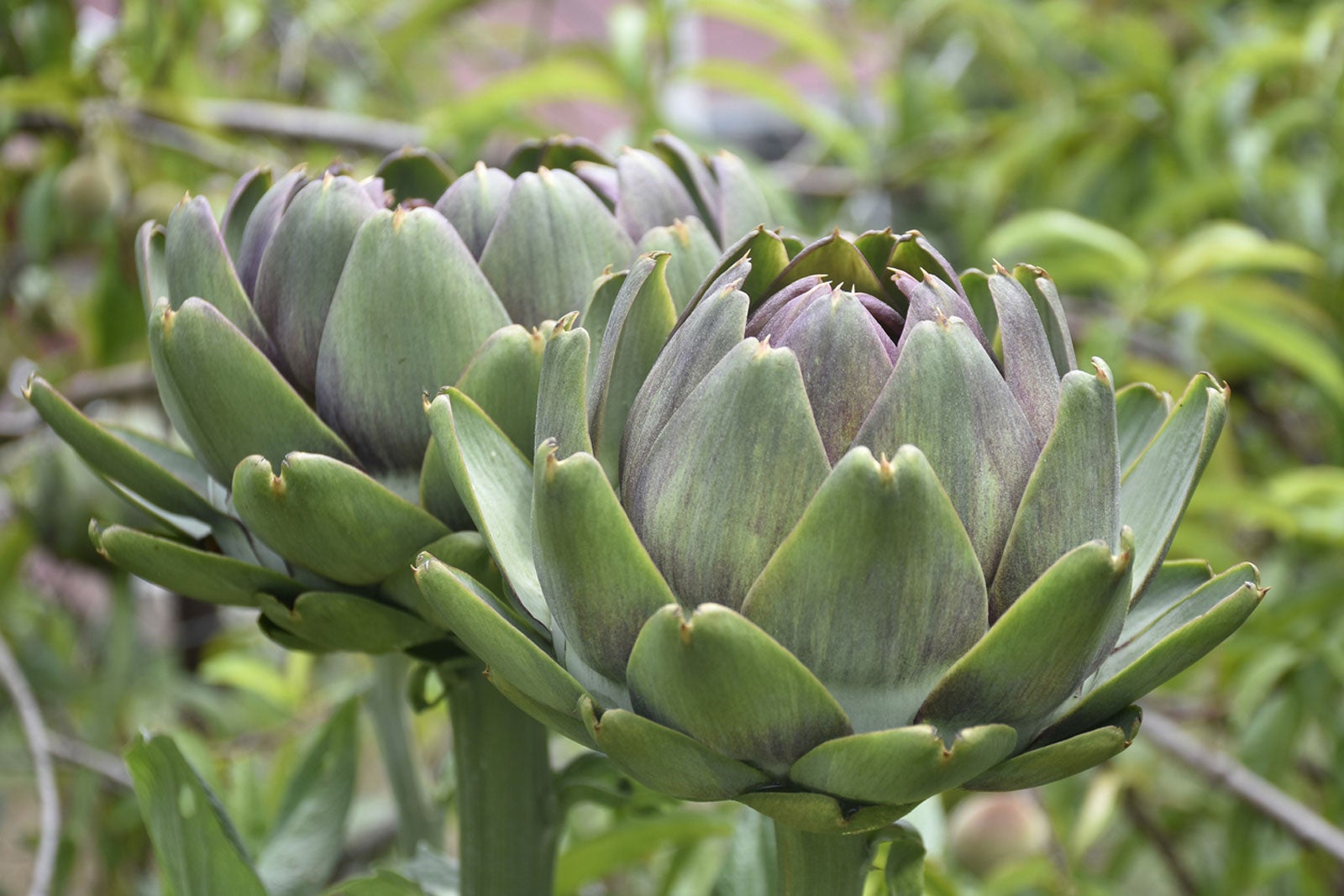 Artichoke Plant Types: Learn About Different Artichoke Varieties
Artichoke Plant Types: Learn About Different Artichoke VarietiesThere are several varieties of artichoke, some of which produce big buds with plenty of flesh, while others are more decorative. Click on the following article for information on different artichoke varieties that might be suitable for your region.
-
 Container Grown Artichoke Plants: How To Grow Artichokes In Pots
Container Grown Artichoke Plants: How To Grow Artichokes In PotsIf you don’t think you have garden space for the large artichoke plant, try growing an artichoke in a container. Potted artichokes are simple to grow if you follow the container grown artichoke tips from this article. Click here to learn more.
-
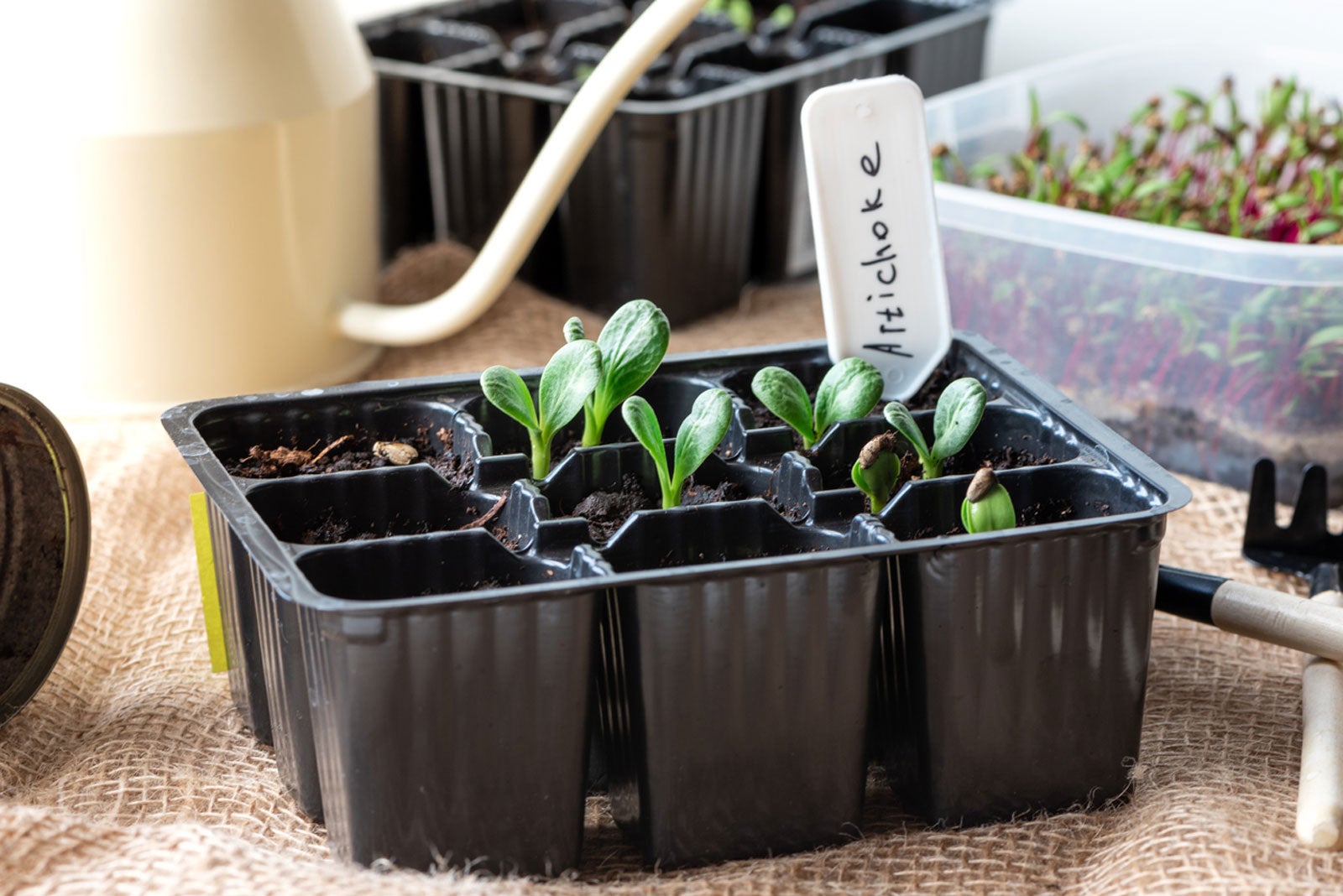 Artichoke Plant Propagation – How To Propagate An Artichoke
Artichoke Plant Propagation – How To Propagate An ArtichokeThe propagation of artichoke plants is believed to have originated in the Mediterranean area where this perennial thistle was considered a delicacy. For information on propagating artichoke plants to grow in the garden, click the following article.
-
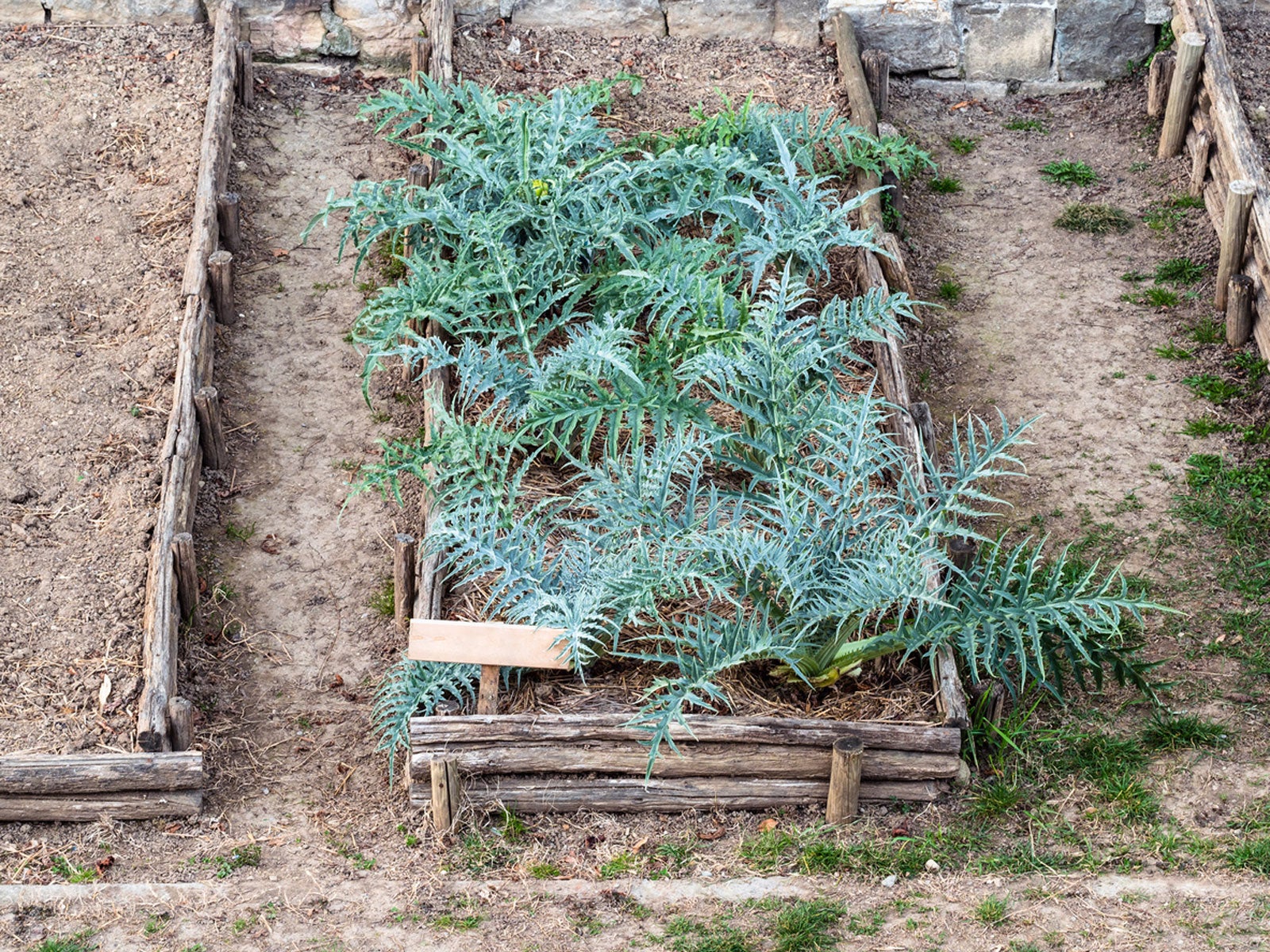 Artichoke Winter Care: Learn About Overwintering Artichoke Plants
Artichoke Winter Care: Learn About Overwintering Artichoke PlantsArtichokes are primarily cultivated commercially in sunny California, but are artichokes cold hardy? Overwintering artichoke plants isn’t difficult; it simply takes a little knowledge and planning. Click here for more information on artichokes in winter.
-
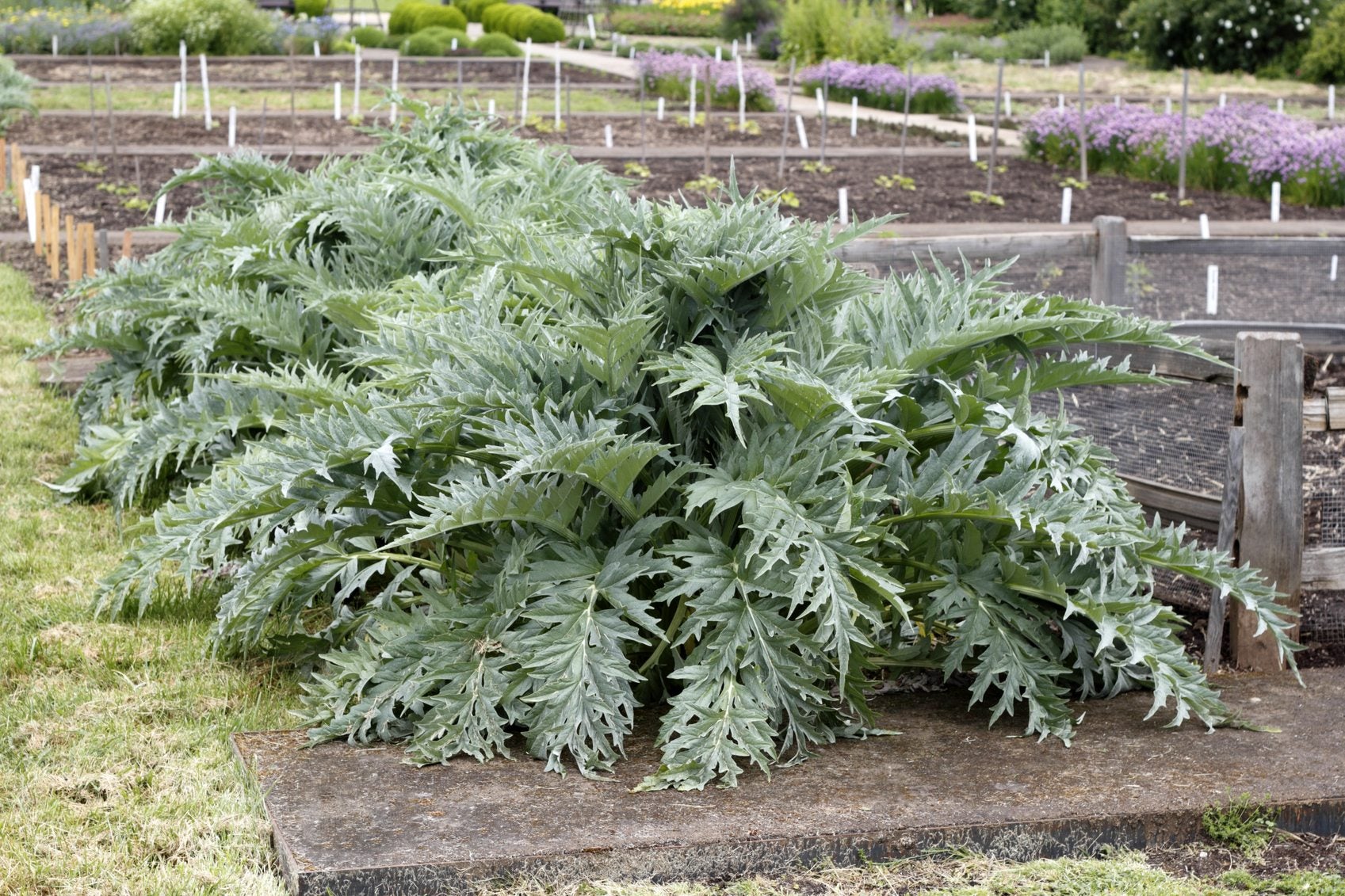 Artichoke Companion Planting: Learn About Artichoke Plant Companions
Artichoke Companion Planting: Learn About Artichoke Plant CompanionsIf you do choose to add artichokes to your garden, it's important to know which plants work well near them and which don't. This article has additional information about what to plant next to artichokes. Click here to learn more.
-
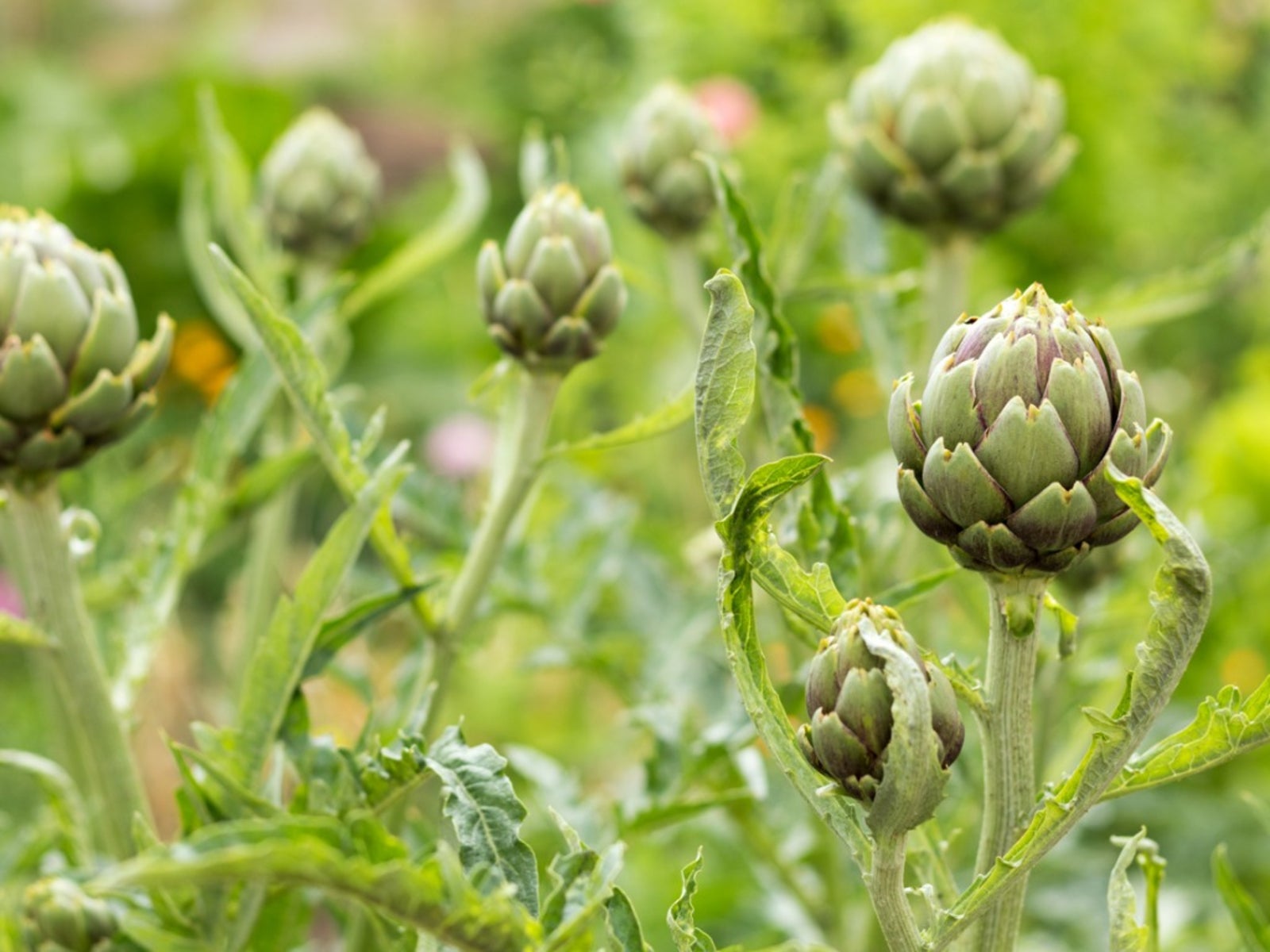 Problems With Artichoke Plants: Pest Control And Care Of Diseased Artichokes
Problems With Artichoke Plants: Pest Control And Care Of Diseased ArtichokesYou may on occasion encounter a few problems with artichoke plants while growing them. To get help for artichoke plants under attack, use the information found in this article.
-
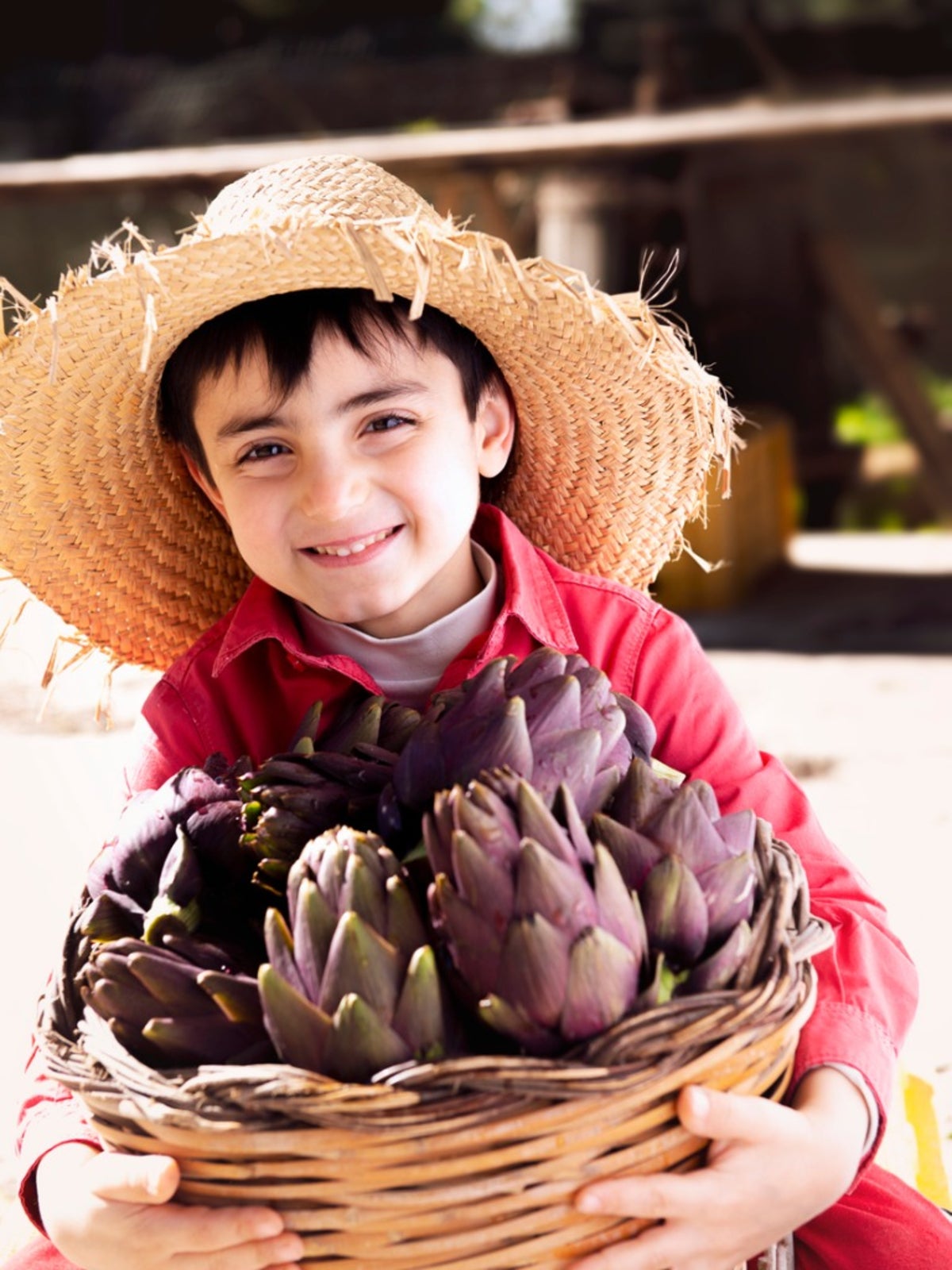 Picking An Artichoke - When And How To Harvest Artichokes
Picking An Artichoke - When And How To Harvest ArtichokesWhen and how to harvest artichokes in the home garden depends on the type you are growing. If you want to know how to tell when an artichoke is ripe, the information in this article can help.